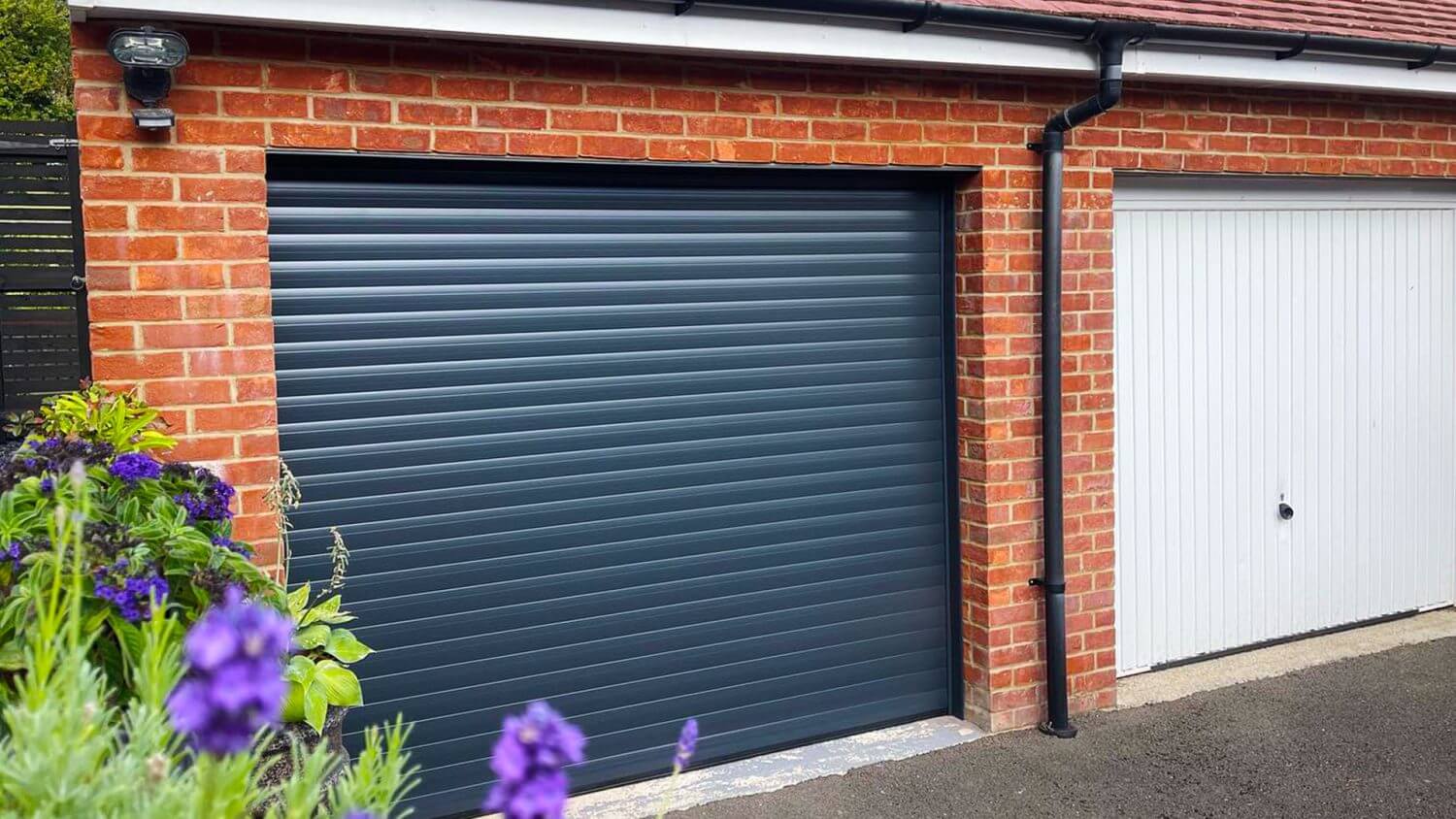
Garage doors are essential components of residential and commercial properties, providing security and convenience. However, they can occasionally present issues that require attention. Let’s take a look at five common garage door problems and how to fix them, to secure seamless and effective garage door repair.
1. Garage Door Won’t Open or Close
Causes
– Power Source Issues: Often, the cause is as simple as a disrupted power source. Check if the garage door opener is plugged in and if the outlet is functioning correctly.
– Remote Control Problems: Another possible cause is a malfunctioning remote control. Sometimes, the remote control’s batteries need replacement, or the remote itself could be defective.
– Misaligned Sensors: Modern garage doors are equipped with sensors that prevent them from closing if something is in the way. If these sensors are misaligned, the door might not function properly.
Solutions
1. Check the Power Supply: Make sure that the garage door opener is plugged in. Test the outlet by plugging in another device.
2. Replace Batteries: If the remote control is the issue, try replacing the batteries. If this doesn’t work, consider resetting the remote.
3. Align Sensors: Locate the sensors at the base of the garage door tracks. Clean the lenses and adjust them so they face each other directly. If the lights on the sensors are blinking, they need realignment.
2. Noisy Garage Door
Causes
– Loose Hardware: Over time, the nuts and bolts holding the garage door hardware can loosen, leading to rattling and squeaking.
– Worn Rollers: Rollers that help the door move up and down can wear out, producing noise.
– Poor Lubrication: Lack of lubrication on moving parts like rollers, hinges, and tracks will result in friction and noise.
Solutions
1. Tighten Hardware: Inspect and tighten all bolts and nuts using a wrench or socket set.
2. Replace Worn Rollers: Rollers come in different materials, such as nylon or steel. Nylon rollers tend to be quieter. If your rollers are worn out, consider upgrading to high-quality nylon rollers.
3. Lubricate Moving Parts: Apply a silicone-based lubricant to the rollers, hinges, and tracks to minimize friction and noise.
Table: Recommended Lubricants for Garage Doors
| Type of Part | Recommended Lubricant |
|---|---|
| Rollers | Silicone Spray |
| Hinges | Silicone Spray |
| Tracks | Lithium Grease |
| Springs | Motor Oil |
3. Garage Door Opens Halfway
Causes
– Broken Springs: Torsion springs play a crucial role in lifting the garage door. If these springs break, the door may only open halfway.
– Track Obstructions: Debris or other obstructions in the tracks can prevent the door from fully opening.
– Limit Settings: The limit settings on the garage door opener may need adjustments if the door doesn’t open all the way.
Solutions
1. Check Springs: If you suspect a broken spring, it’s best to hire a professional for this garage door repair as dealing with springs can be dangerous.
2. Clear Tracks: Inspect and clear the tracks of any obstructions. Use a damp cloth to remove dirt and debris.
3. Adjust Limit Settings: Refer to the garage door opener’s manual to adjust the up limit settings.
4. Garage Door Reverses Before Closing
Causes
– Sensor Issues: Misaligned or obstructed sensors can cause the door to think there’s an obstruction, triggering it to reverse.
– Limit Settings: If the settings are not correctly adjusted, the door might not close completely.
Solutions
1. Realign Sensors: Follow the steps mentioned earlier to ensure sensors are facing each other correctly and are clean.
2. Adjust Down Limit Settings: Use the manual to adjust the down limit settings, ensuring the door closes properly.
Steps to Adjust Down Limit Settings
– Locate the limit setting screws on the side of the garage door opener.
– Turn the ‘close’ or ‘down’ limit screw in small increments until the door closes fully.
– Test the door after each adjustment to ensure it closes completely without reversing.
5. Garage Door Out of Balance
Causes
– Worn or Broken Springs: The springs may lose tension over time, causing the door to be uneven.
– Damaged Cables: The cables that support the door can wear out or break, affecting the door’s balance.
Solutions
1. Test Balance: Disconnect the opener by pulling the release handle. Manually lift the garage door halfway. If it stays in place, it’s balanced; if it falls or rises, it’s out of balance.
2. Replace Springs or Cables: This repair should be handled by a professional to avoid injury and ensure proper balance is restored.
Final Notes
Regular maintenance can prevent many of these common garage door problems. Lubricate moving parts, tighten hardware, and inspect the door and its components every few months. Familiarizing yourself with quality garage door repair can save you time and money, ensuring your garage door operates smoothly and safely.
Benjamin Smith
Related posts
Stay connected
Today's pick
- Safety Essentials Every CNC Operator Should Follow DailyCNC machining demands precision, consistency, and discipline—but above all, it requires strict attention to safety. Whether you’re working with mills, lathes, routers, or grinders, every machine has the potential to cause serious injury if mishandled. That’s why CNC operators must follow safety protocols daily, no... The post Safety Essentials Every CNC Operator Should Follow Daily […]

